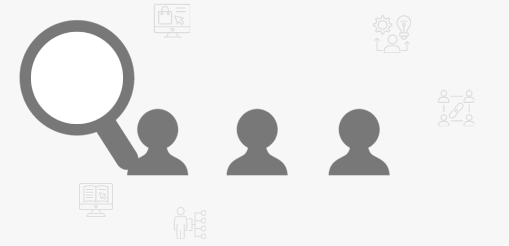
The Post Graduate Programme in Full Stack architecture is a comprehensive twelve-month programme designed for students who wish to advance their career in the IT industry by mastering a full stack of multiple technologies, acquiring an ability to architect high impact solutions, envision and design great new products, solve complex problems, and manage Cross-functional collaborations. Learning full-stack development will help you master a wide set of skills ranging from Front-End (Client-side), Back-End (Server-side), Database and Information Security.
JG University enables professionals and enterprises to succeed in the fast-changing digital economy. The University’s Blended Learning curriculum combines self-paced Classroom Interactions, Hands-on projects, Capstone projects, and Industry internship with 24/7 global teaching assistance.
The following are some researches shared by global market research survey organizations regarding the trends for Full-Stack Architecture in certain industries
Full-Stack Architects opens multi-faceted scope for growth. According to Naukri.com and Indeed, the demand rate has increased by 200% since 2019
The average salary varies from ₹ 4,00,000 to ₹ 22,00,000 per annum.
The average salary varies from 60,000 USD to 200,000 USD per annum.

In-depth knowledge of Front-End & Back-End tools and technologies for the development of interactive web and mobile applications
Equipped to design, develop, implement and effectively manage Front-End & Back-End applications, mobile applications, databases, and security of information
Ability to develop operational applications which can be used on cross-platforms
Develop visualization in accordance with UI/UX theories
Ready to start a career in top IT companies and industries

It involves planning the deliveries, sprints, estimating the resources requirement and the related cost, prioritizing all the tasks according to specifications.
It consists of conceptualizing the operation to be built, creating precise conditions from client interview or market analysis.
Having expertise in Designing system architecture. 4. User Experience designer – Designing interactions between system and users and bringing it to an optimum level.
Constructing the software and conducting tests, if any.
Creating an automated or manual test suit to test for bugs rigorously.
Disposing the system to production servers, maintaining the system, creating and maintaining application development and production environments, and preparing for backup and recovery.
Creating application and domain models, Designing and normalizing the database, Optimizing design by implementing design patterns, and choosing technology stack for building the solution.
Because of their broad knowledge and flexibility, full-stack developers are heavily in demand across the tech industry.










Capstone Project-1 based on the above Learning
Capstone Project-2 based on the above Learning
Our Admission process enables us to meticulously give importance to every individual applying. The admission of the applicant will majorly be based on our admission process scores.